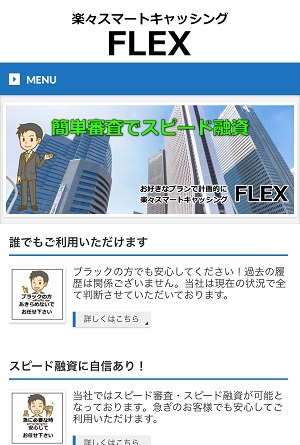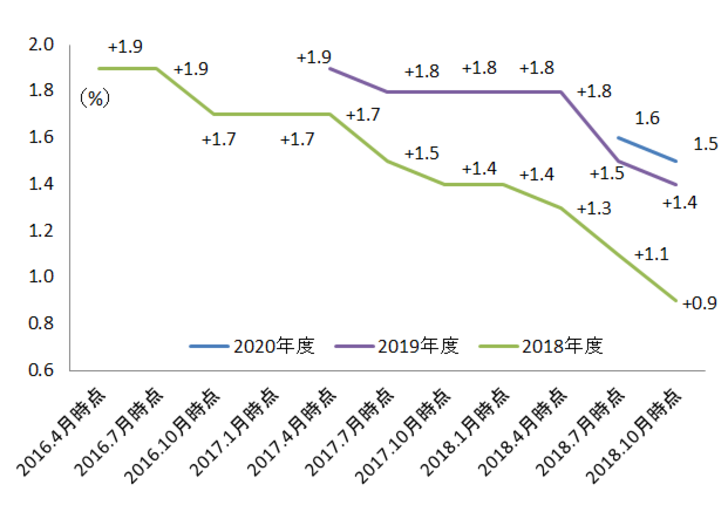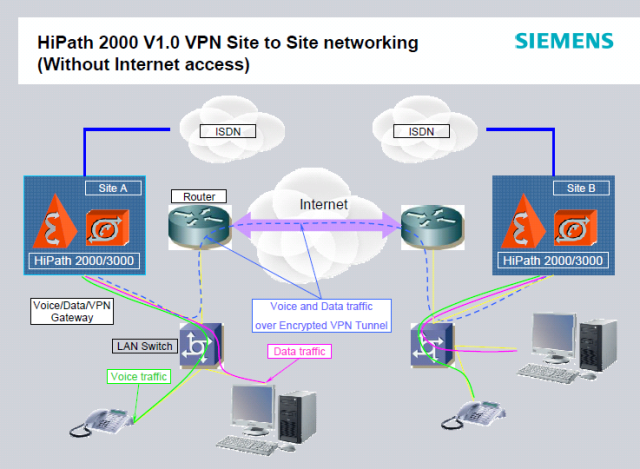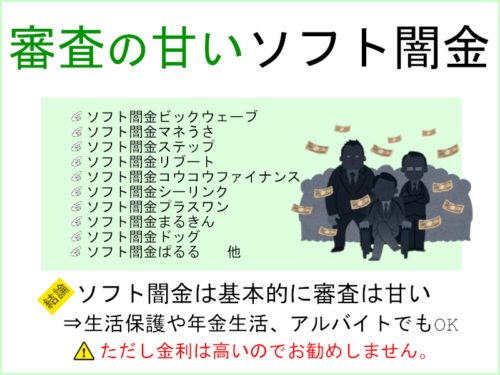– Loans solely begin accruing interest if not paid in full by the due date (12% per yr).
– If you’re taking out a brief-time period loan, you’ll have a hold positioned in your account that prevents you from registering for future semesters or terms. The hold will be released when the mortgage is paid in full.
– You is not going to be allowed to take out an additional quick-term loan for an additional semester until your previous brief-term loan is paid in full.
– BYU is unable to increase Quick-time period Mortgage (STL) credit score to college students who shouldn’t have a Social Safety Quantity (SSN) or Particular person Taxpayer Identification Quantity (ITIN) on file with the college. In case you have a SSN/ITIN, please enter it into the BYU Info System. In case you are working to get an SSN/ITIN, and also you wish to discover choices for a STL please send us a YMessage.

It could injury your credit: Charging your mortgage to a credit card can cause your debt utilization to spike. Your debt utilization ratio — how a lot of the overall credit score available to you you are utilizing — is one in every of the largest components affecting your credit score rating. Utilizing a lot of your out there credit score might decrease your rating and create issues if you’re planning on applying for different loans or credit playing cards. You also threat hurting your credit score if you miss a fee or do not pay your stability in full every month.
In this article, the function of microcredit as a stimulant for site (https://wiki.bionicbruins.org/) financial growth is examined. First, its significance for the institution of small business is described. Second, the article offers an summary of the final microcredit climate within the United states and the native situation within the Ottawa area. Third, transient stories about individuals who have received such a mortgage reveal the human impact behind the economic benefits. Lastly, the role of microcredit in funding startups is analyzed in comparison to other sources of available funding. The article concludes with a abstract of the advantages of microcredit as a win-win proposition for financial development.
Past those fundamentals, firms ought to develop money circulation forecasts based mostly on historic performance and current conditions. All the time think about contingencies-business changes, financial downturns, customer shifts-and use “what if?” situations to develop a practical monetary plan. In reality, state of affairs planning is on high of many companies’ to-do lists, to keep away from the unprepared situation many discovered themselves in when the pandemic hit.










































